Description
Fly the P-5M-1G again out of the Elizabeth City. Each piece is carved from wood and handpainted to provide a piece you’ll love.
The prototype P5M Marlin was based on the PBM-5 Mariner. The P5M had the same wing but an extensively modified fuselage with a hull that extended the full length of the aircraft. It featured a tall single vertical stabilizer instead of the twin tail fins of the PBM-5 and the horizontal stabilizer featured a strong dihedral. The aircraft featured “hydroflaps” operated by the pilot’s rudder pedals, which could be used as water brakes. The P5M was a pure seaplane. The Navy ordered the P5M into production with changes to the prototype. The hull design was revised; the nose turret was replaced with a radome for an AN/APS -80 search radar; the cockpit was raised; the wing floats were mounted on single wide struts.
Martin began a major redesign of the P5M-1 in 1951, producing the P5M-2. The P5M-2 had a distinctive tee tail, with a MAD boom fitted at the junctions of the tailplanes; uprated engines; much greater fuel capacity; the bow chime was lowered to reduce spray and the crew accommodations were improved. This came on line in the fall of 1953.
The Coast Guard acquired seven newly built P5Ms directly from Martin Aircraft in 1954. They were designated P5M-1G. These aircraft were used for search and rescue purposes and did not have ASW gear and defensive/offensive armament. In 1956 four P5M-2Gs, equipped for SAR missions, were purchased by the Coast Guard. Both the P5M-1Gs and P5M2Gs were transferred to the Navy in 1961 due to high maintenance and operating costs.
The P5M Marlin was the last flying boat in the Coast Guard’s inventory.
The United States Coast Guard acquired 27 Martin PBM-3 aircraft during the first half of 1943. In late 1944, the service acquired 41 PBM-5 models and more were delivered in the latter half of 1945. Ten were still in service in 1955, although all were gone from the active Coast Guard inventory by 1958 (when the last example was released from CGAS San Diego and returned to the U.S. Navy). These flying boats became the backbone of the long-range aerial search and rescue efforts of the Coast Guard in the early post-war years until supplanted by the P5M Marlin and the HU-16 Albatross in the mid-1950s.[7]
PBMs continued in service with the U.S. Navy following the end of World War II, flying long patrol missions during the Korean War.[8] It continued in front line use until replaced by its successor, the P5M Marlin, with the last USN squadron equipped with the PBM, Patrol Squadron Fifty (VP-50), retiring them in July 1956.[9]
The British Royal Air Force acquired 32 Mariners, but they were not used operationally, with some returned to the United States Navy.[10] A further 12 PBM-3Rs were transferred to the Royal Australian Air Force for transporting troops and cargo.[11][12]
The Royal Netherlands Navy acquired 17 PBM-5A Mariners at the end of 1955 for service in Netherlands New Guinea.[13] The PBM-5A was an amphibian with retractable landing gear. The engines were 2,100 hp (1,600 kW) Pratt & Whitney R-2800-34. After a series of crashes, the Dutch withdrew their remaining aircraft from use in December 1959.[14]
Production of the PH recommenced in June 1936 to meet an order for seven PH-2s for the Coast Guard.[2] These entered service from 1938, being the largest aircraft operated by the Coast Guard at that time.[1] In 1939 the Coast Guard ordered an additional seven PH-3 aircraft; they entered service in 1941.[1]
The Hall flying boats were used by the Coast Guard for search and rescue duties and were fitted with specialized equipment for this role. Following the Japanese attack on Pearl Harbor and the United States entry into World War II, the remaining PHs were painted in U.S Navy Grey Green colors to replace the previous bare metal finish, armed, and used for anti-submarine patrols (particularly during the Operation Drumbeat U-boat attacks off the East coast of the United States in 1942) as well as continuing search and rescue operations.[1] The Coast Guard continued operating the PH-2 and -3 until 1944.[1]
The United States Coast Guard Air Station is co-located at Elizabeth City Regional Airport in Elizabeth City, North Carolina, along the Pasquotank River near the opening of the Albemarle Sound. It is the largest [1] and busiest Coast Guard air station in the U.S., operating missions as far away as Greenland, the Azores and the Caribbean.[2]
Coast Guard Air Station (CGAS) Elizabeth City is located on the campus of the Coast Guard’s Base Elizabeth City. and is one of several commands located on the Coast Guard’s premier Base. In addition, the Base Elizabeth City complex houses the Aviation Technical Training Center (ATTC) (a headquarters level command which trains enlisted Coast Guardsmen in aviation ratings in “A” Schools and advanced “C” Schools), the Aviation Logistics Center (ALC) and Station.
The missions include search and rescue (SAR), Maritime Law enforcement, International Ice Patrol, aids to navigation support (such as operating lighthouses), and marine environmental protection (such as responding to oil spills).[2]
Currently, CGAS maintains and operates five HC-130J Hercules aircraft and four MH-60T Jayhawk helicopters.
CGAS Elizabeth City was commissioned on August 15, 1940, with four officers, 52 enlisted men and ten aircraft including three Hall PH-2 seaplanes, four Fairchild J2K landplanes, and three Grumman J2F Duck amphibious aircraft. Located sixty miles north of Cape Hatteras, North Carolina, north of Albemarle Sound and along the East Coast’s northern most ice-free river, the old Holowell Plantation near Elizabeth City, North Carolina, was selected by the United States Coast Guard in 1938 for its potential strategic value as a seaplane base.
During World War II, the air station was under United States Navy control conducting Search and Rescue (SAR), Anti-submarine warfare, and training missions in tandem with Naval Air Station Weeksville, a lighter-than-air airship facility approximately two miles to the southeast that was in operation from 1941 to 1957.
Since then, the AIRSTA Elizabeth City’s missions and assigned aircraft have shifted and grown with changing national priorities and technologies. In 1966 the Air Station expanded after absorbing the coast guard air stations at Kindley AFB, Bermuda and NAS Argentia, Newfoundland.[3]
Recently the Support Center, home of Air Station Elizabeth City was the setting (and used as a double for Coast Guard Air Station Kodiak, Alaska) in the Kevin Costner film, The Guardian. Support Center personnel were instrumental in providing the infrastructure and support necessary to the filming of the motion picture. Wiki
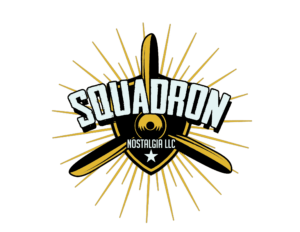
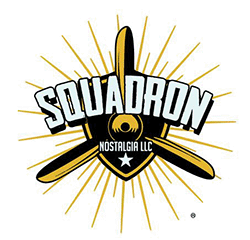
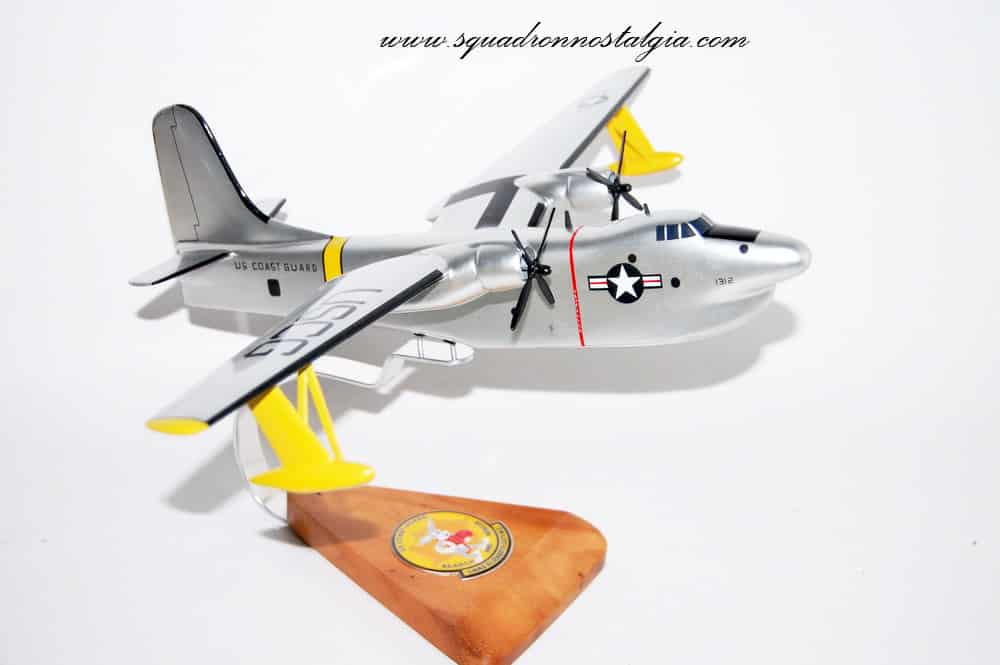

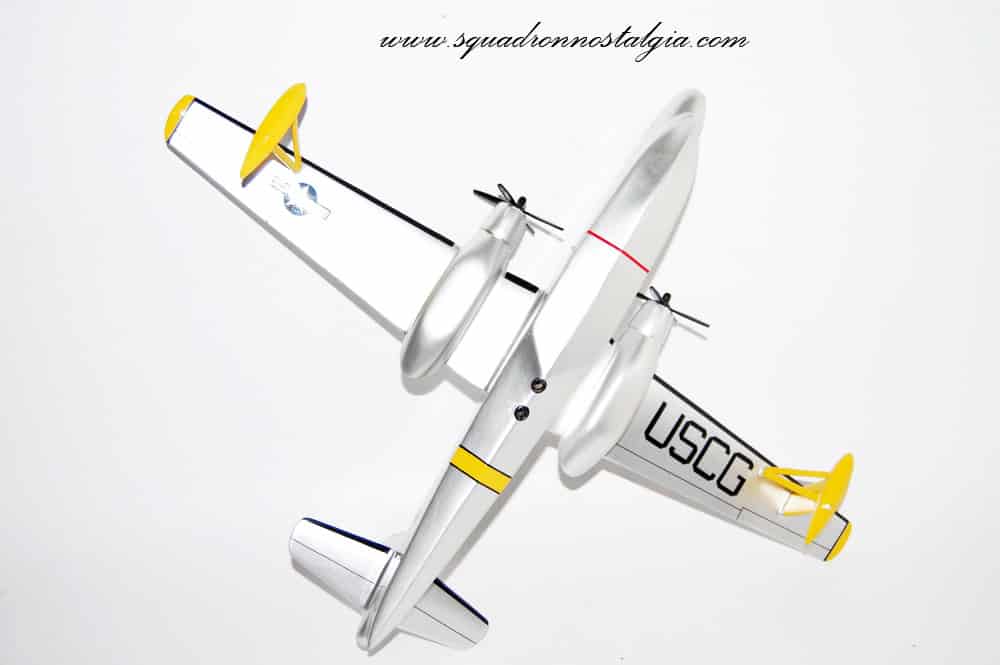
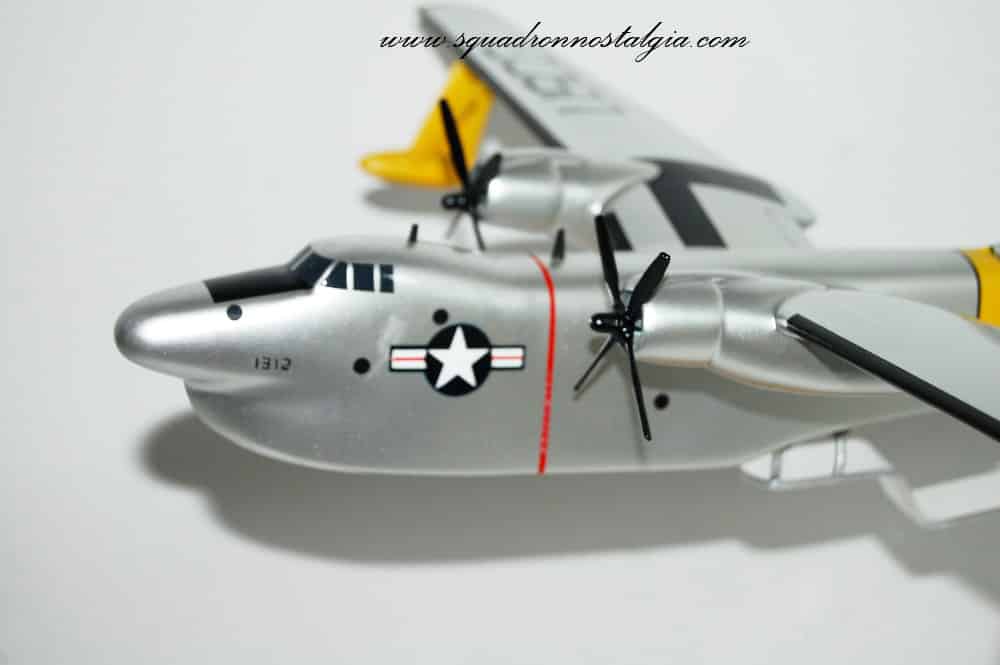

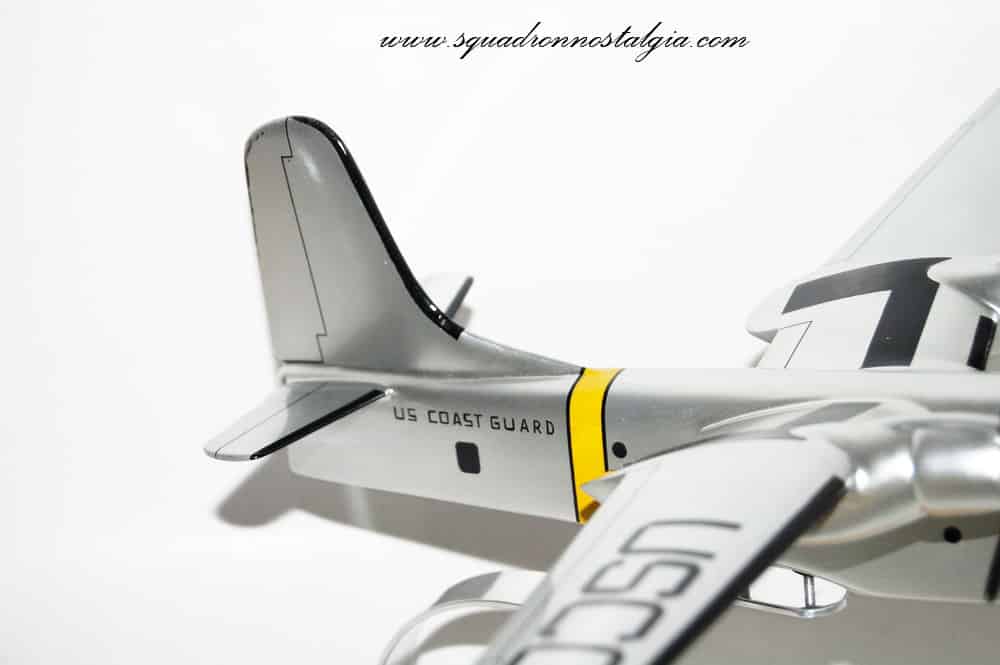
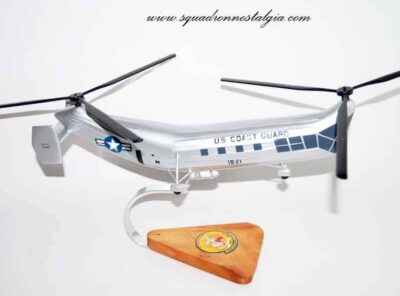

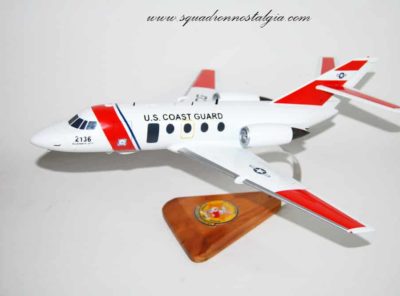
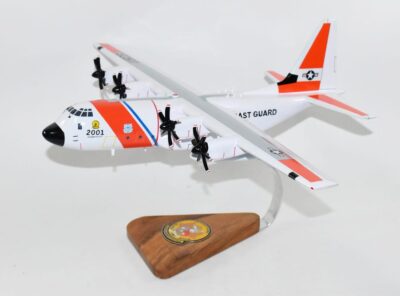
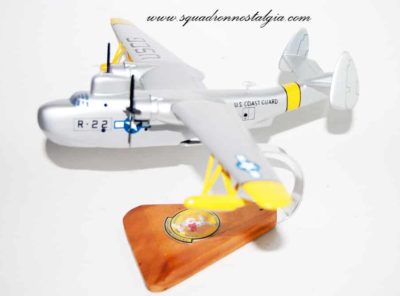
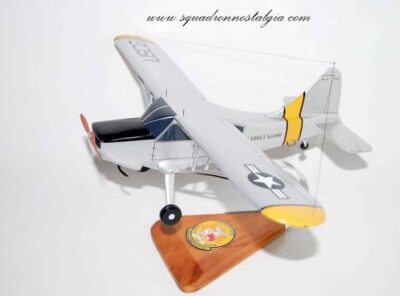
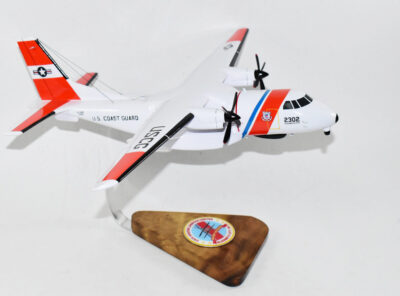
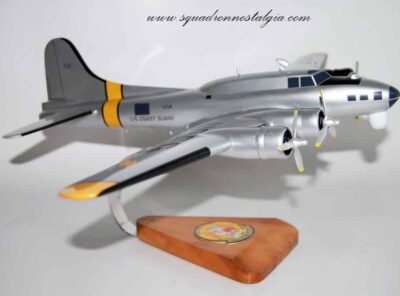
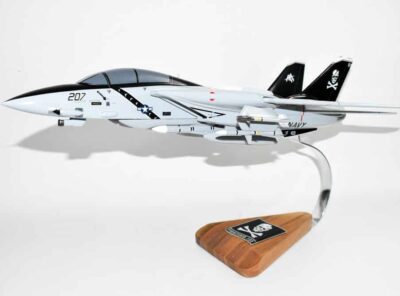
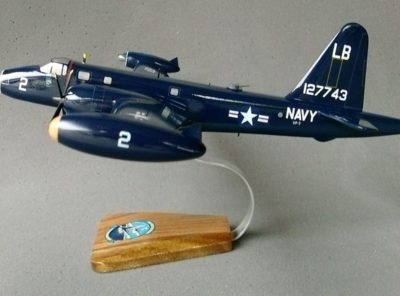
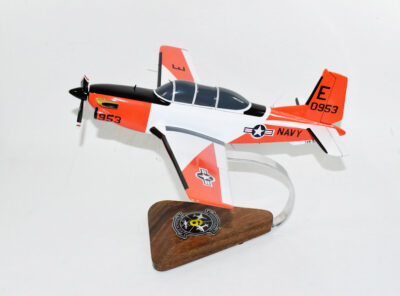
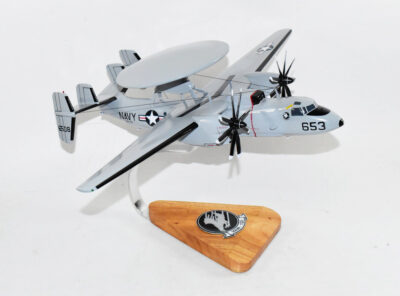
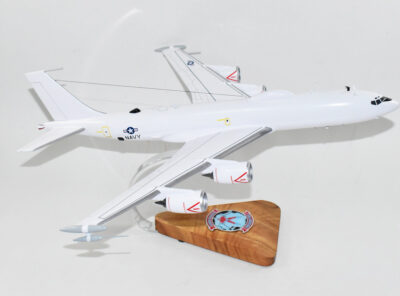
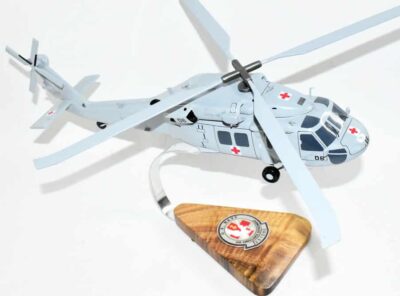
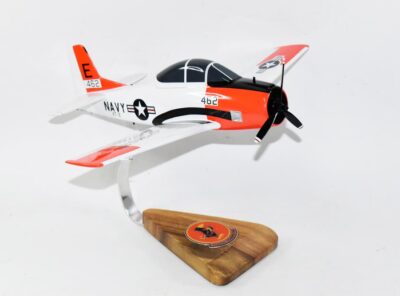
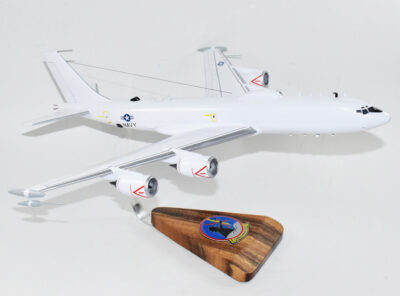
Reviews
There are no reviews yet.